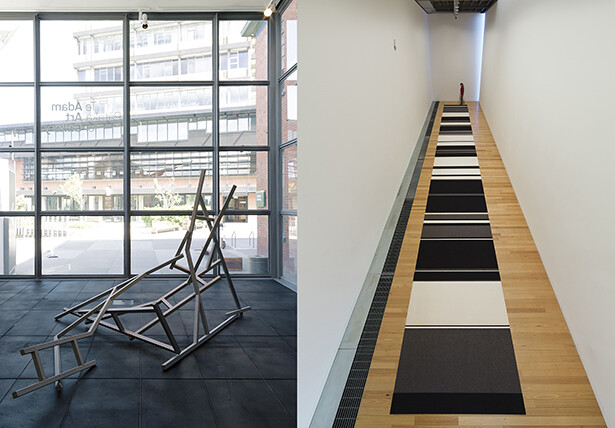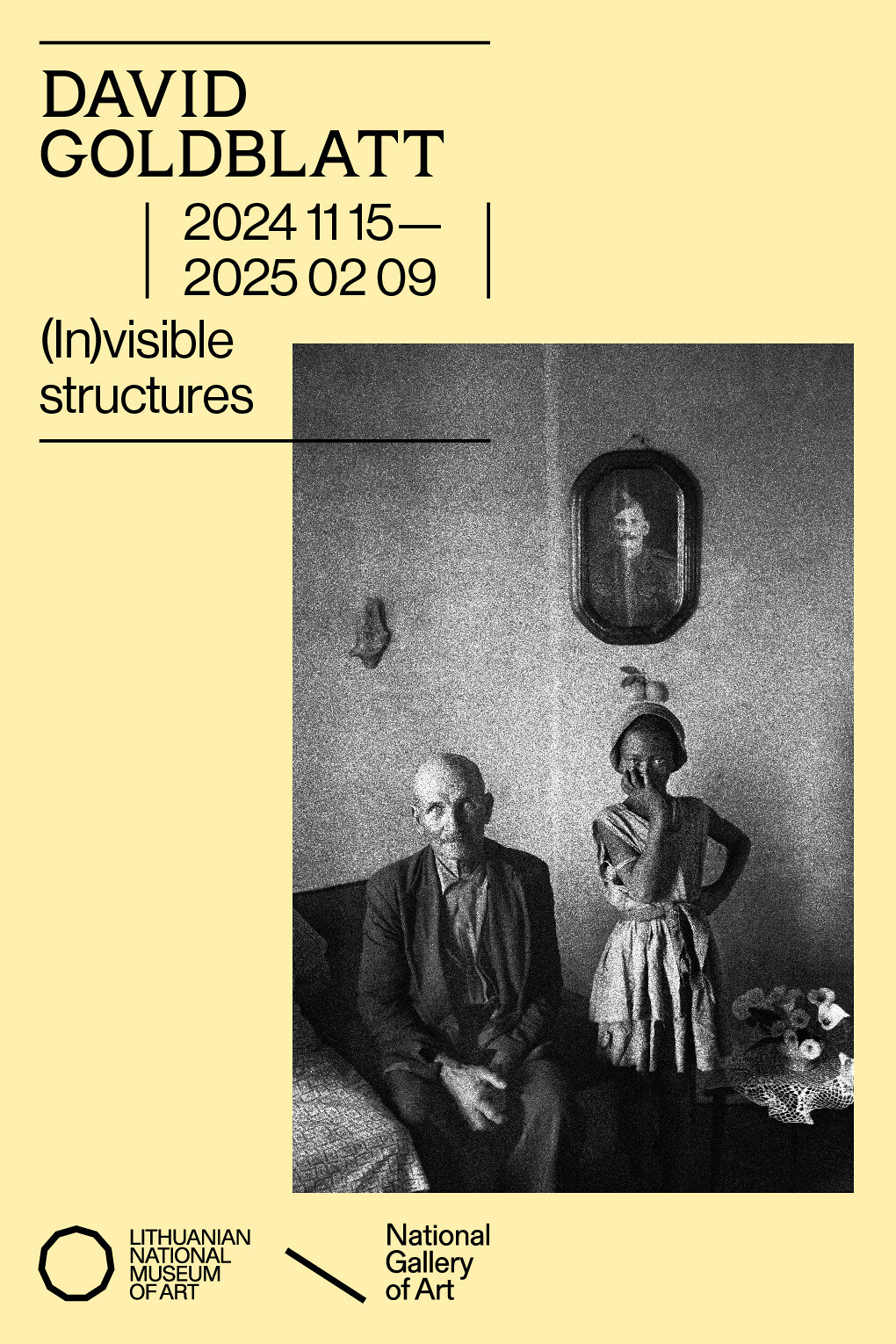11 October–20 December 2013
Opening: Friday, October 1, 5–7pm
Adam Art Gallery
Victoria University of Wellington
Gate 3, Kelburn Parade
PO Box 600
Wellington, New Zealand 6140
Hours: Tuesday–Sunday, 11am-5pm
Free entry
John Panting: Spatial Constructions
Curated by Sam Cornish
New Zealand-born, London-based sculptor John Panting’s career was tragically cut short when he was killed at the age of 34 in a motorbike accident in 1974. This exhibition brings together a group of late works held in New Zealand collections. These sculptures have not been seen together since they were included in a posthumous retrospective organised by the Serpentine Gallery in London that toured New Zealand in 1976–77.
Following on from his training at the Royal College of Art in London (1964–67), Panting’s career was a ‘whirlwind’ progress through various formal and material moves. The works in this exhibition were all made between 1972 and 1974. These pared-back, open-form spatial constructions in steel show Panting attempting to reconcile the differences between constructivism and late modernist sculpture, the contradictions resulting in a burst of energy at a time when the modernist consensus was in crisis.
Panting’s work is enjoying renewed attention in Britain; his archive and examples of his work have recently been acquired by Tate Britain and the Henry Moore Institute. A monograph by Sam Cornish, curator of the exhibition, has been published by Sansom & Company, Poussin Gallery, and abstractcritical, London.
This exhibition will reacquaint New Zealand audiences with John Panting. It has been developed in conjunction with Peter Robinson: Cuts and Junctures to enable the exploration of correspondences between the two artists.
The Estate of John Panting is represented by Poussin Gallery, London.
This exhibition is generously funded by a grant from Creative New Zealand Toi Aotearoa.
Peter Robinson: Cuts and Junctures
Peter Robinson is one of New Zealand’s leading artists. Since 2006 he has been exploring a history of modernist sculpture, reworking its forms and manoeuvres in unlikely materials such as polystyrene, felt, Perspex, and piano wire. Robinson’s sculptural investigations ransack recent art history, referencing artists as various as Andre Cadere, Franz Erhard Walther, Eva Hesse, and Carl Andre. Such investigations demonstrate the artist’s incisive understanding of this artistic legacy and suggest a commitment to a continuation of its material, spatial and phenomenological enquiries. Yet Robinson is not a straightforward upholder of tradition; he injects suggestive cultural and narrative content to disrupt modernism’s autonomy and its assumed univocality.
This new installation, conceived specifically for the Adam Art Gallery, places Robinson in conversation with the expatriate New Zealand sculptor John Panting (1940−74). Robinson has been interested in Panting’s practice for some time, and while there is no hint of formal derivation, the installation galvanises viewers in ways that mimic and extend his predecessor’s example. By placing Robinson’s artistic project within a historical trajectory that allows his attention to developments within the medium a certain play, this exhibition will deepen understandings of his work, as well as reignite interest in sculpture’s unfolding at those interstitial moments to which New Zealand artists have contributed in unique ways.
Peter Robinson is represented by Peter McLeavey Gallery, Wellington, Hopkinson Mossman, Auckland, and Sutton Gallery, Melbourne.
This exhibition is generously funded by a grant from Creative New Zealand Toi Aotearoa.
For further information, please contact Michelle Menzies, [email protected]
Adam Art Gallery Te Pātaka Toi
Victoria University of Wellington
Gate 3, Kelburn Parade
PO Box 600
Wellington, New Zealand 6140
Tuesday–Sunday, 11am-5pm
Free entry
www.adamartgallery.org.nz
The Adam Art Gallery is the university art gallery of Victoria University of Wellington, Wellington, New Zealand. It is a forum for critical thinking about art and its histories as well as the professional structure within which the Victoria University Art Collection is managed. The gallery has a considerable reputation for its programmes that explore the full range of media available to artists and which aim to test and expand art form and disciplinary boundaries. The gallery is a remarkable architectural statement designed by Ian Athfield, one of New Zealand’s foremost architects.


